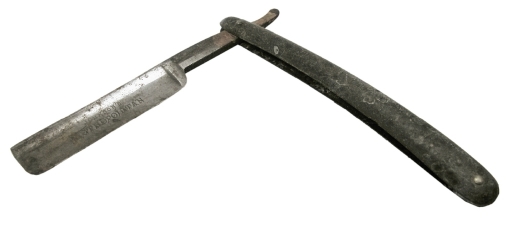Occam's Razor
Occam's Razor - to use it, not to use it or what is it?
 Willam of Occom (1280 to 1285)
Willam of Occom (1280 to 1285)
- Nunquam ponenda est pluralitas sine necessitate (Pluralities ought not be posited without necessity)
- William of Occam, from Quaestiones et decisiones in quattuor libros Sententiarum Petri Lombardi
What is Occam's Razor
- We are to admit no more causes of natural things than such as are both true and sufficient to explain their appearances.
- Isaac Newton
Essentially, it is the idea that one should not believe something for which one has no evidence; or, alternatively, that of two ideas which explain the same evidence, the simpler idea is to be preferred.
Why Did I Write This
I was reminded of Occam's Razor while reading a book. It's quite a simple principal of logic which has stood the test of time and is accepted as central to scientific thought. Without thinking about it I quite often apply the principals of the razor in my day to day works and it has very rarely let's me down. Ensuring you have evidence of what you are being told told and preferring simple over complicated can't be a bad thing.
Related Links